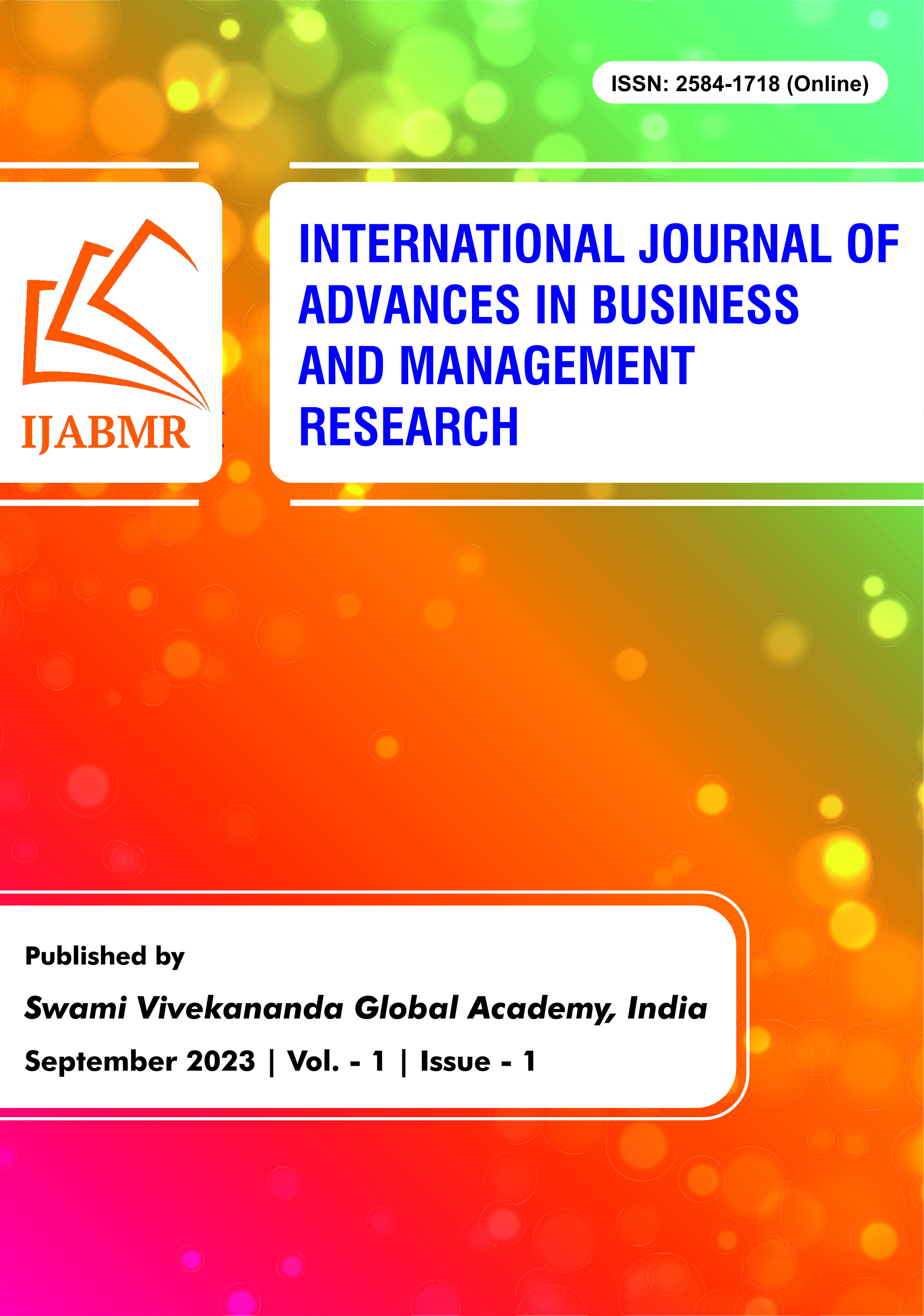Abstract
Cyberbullying (CB) is an electronic type of bullying in which a group or a person engages in purposeful and aggressive behaviour towards another group or individual on social media platforms. It contains hate messages that are spread by social media, emails, and other means on personal or public computers, as well as personal mobile phones. The hypothesized differences between CB and traditional bullying show that CB findings from traditional bullying are insufficient. With its rising frequency, CB has had a psychological and physical impact on victims. To limit the risk in smart cities, it is critical to recognize the CB context and its applications. However, from the perspective of the cyber world, the application using CB has challenges such as a lack of awareness of aggressors and their identities, a lack of direct communication, and linking repercussions to others. Hence, this work gives a new cyberbullying detection model to automatically classify the tweets using optimized deep learning.
References
- Chun J, Lee J, Kim J, Lee S. An international systematic review of cyberbullying measurements. Computers in human behavior. 2020 Dec 1;113:106485. https://doi.org/10.1016/j.chb.2020.106485
- Zych I, Baldry AC, Farrington DP, Llorent VJ. Are children involved in cyberbullying low on empathy? A systematic review and meta-analysis of research on empathy versus different cyberbullying roles. Aggression and violent behavior. 2019 Mar 1;45:83-97. https://doi.org/10.1016/j.avb.2018.03.004
- Gaffney H, Farrington DP, Espelage DL, Ttofi MM. Are cyberbullying intervention and prevention programs effective? A systematic and meta-analytical review. Aggression and violent behavior. 2019 Mar 1;45:134-53. https://doi.org/10.1016/j.avb.2018.07.002
- Craig W, Boniel-Nissim M, King N, Walsh SD, Boer M, Donnelly PD, Harel-Fisch Y, Malinowska-Cieślik M, de Matos MG, Cosma A, Van den Eijnden R. Social media use and cyber-bullying: A cross-national analysis of young people in 42 countries. Journal of Adolescent Health. 2020 Jun 1;66(6):S100-8. https://doi.org/10.1016/j.jadohealth.2020.03.006
- Jadambaa A, Thomas HJ, Scott JG, Graves N, Brain D, Pacella R. Prevalence of traditional bullying and cyberbullying among children and adolescents in Australia: A systematic review and meta-analysis. Australian & New Zealand Journal of Psychiatry. 2019 Sep;53(9):878-88. https://doi.org/10.1177/0004867419846393
- Ortega-Barón J, Buelga S, Ayllón E, Martínez-Ferrer B, Cava MJ. Effects of intervention program Prev@ cib on traditional bullying and cyberbullying. International journal of environmental research and public health. 2019 Feb;16(4):527. https://doi.org/10.3390/ijerph16040527
- Kowalski RM, Limber SP, McCord A. A developmental approach to cyberbullying: Prevalence and protective factors. Aggression and violent behavior. 2019 Mar 1;45:20-32. https://doi.org/10.1016/j.avb.2018.02.009
- Hinduja S, Patchin JW. Connecting adolescent suicide to the severity of bullying and cyberbullying. Journal of school violence. 2019 Jul 3;18(3):333-46. https://doi.org/10.1080/15388220.2018.1492417
- Balakrishnan V, Khan S, Arabnia HR. Improving cyberbullying detection using Twitter users’ psychological features and machine learning. Computers & Security. 2020 Mar 1;90:101710. https://doi.org/10.1016/j.cose.2019.101710
- Abaido GM. Cyberbullying on social media platforms among university students in the United Arab Emirates. International journal of adolescence and youth. 2020 Dec 31;25(1):407-20. https://doi.org/10.1080/02673843.2019.1669059
- Van Ouytsel J, Lu Y, Ponnet K, Walrave M, Temple JR. Longitudinal associations between sexting, cyberbullying, and bullying among adolescents: Cross-lagged panel analysis. Journal of adolescence. 2019 Jun 1;73:36-41. https://doi.org/10.1016/j.adolescence.2019.03.008
- Zych I, Farrington DP, Ttofi MM. Protective factors against bullying and cyberbullying: A systematic review of meta-analyses. Aggression and violent behavior. 2019 Mar 1;45:4-19. https://doi.org/10.1016/j.avb.2018.06.008
- Charalampous K, Demetriou C, Tricha L, Ioannou M, Georgiou S, Nikiforou M, Stavrinides P. The effect of parental style on bullying and cyber bullying behaviors and the mediating role of peer attachment relationships: A longitudinal study. Journal of adolescence. 2018 Apr 1;64:109-23. https://doi.org/10.1016/j.adolescence.2018.02.003
- Zych I, Beltrán-Catalán M, Ortega-Ruiz R, Llorent VJ. Social and emotional competencies in adolescents involved in different bullying and cyberbullying roles. Revista de Psicodidáctica (English ed.). 2018 Jul 1;23(2):86-93. https://doi.org/10.1016/j.psicoe.2017.12.001
- Ding Y, Li D, Li X, Xiao J, Zhang H, Wang Y. Profiles of adolescent traditional and cyber bullying and victimization: The role of demographic, individual, family, school, and peer factors. Computers in Human Behavior. 2020 Oct 1;111:106439. https://doi.org/10.1016/j.chb.2020.106439
- Wang MJ, Yogeeswaran K, Andrews NP, Hawi DR, Sibley CG. How common is cyberbullying among adults? Exploring gender, ethnic, and age differences in the prevalence of cyberbullying. Cyberpsychology, Behavior, and Social Networking. 2019 Nov 1;22(11):736-41. https://doi.org/10.1089/cyber.2019.0146
- Lozano-Blasco R, Cortés-Pascual A, Latorre-Martínez MP. Being a cybervictim and a cyberbully–The duality of cyberbullying: A meta-analysis. Computers in human behavior. 2020 Oct 1;111:106444. https://doi.org/10.1016/j.chb.2020.106444
- Bork-Hüffer T, Mahlknecht B, Kaufmann K. (Cyber) Bullying in schools–when bullying stretches across cON/FFlating spaces. Children's Geographies. 2021 Mar 4;19(2):241-53. https://doi.org/10.1080/14733285.2020.1784850
- Garaigordobil M, Machimbarrena JM. Victimization and perpetration of bullying/cyberbullying: Connections with emotional and behavioral problems and childhood stress. Psychosocial Intervention. 2019;28(2):67-73. https://doi.org/10.5093/pi2019a3
- Murshed BA, Abawajy J, Mallappa S, Saif MA, Al-Ariki HD. DEA-RNN: A hybrid deep learning approach for cyberbullying detection in Twitter social media platform. IEEE Access. 2022 Feb 23;10:25857-71. https://doi.org/10.1109/access.2022.3153675
- Yuvaraj N, Chang V, Gobinathan B, Pinagapani A, Kannan S, Dhiman G, Rajan AR. Automatic detection of cyberbullying using multi-feature based artificial intelligence with deep decision tree classification. Computers & Electrical Engineering. 2021 Jun 1;92:107186. https://doi.org/10.1016/j.compeleceng.2021.107186
- Purnamasari NM, Fauzi MA, Indriati LS, Dewi LS. Cyberbullying identification in twitter using support vector machine and information gain based feature selection. Indonesian Journal of Electrical Engineering and Computer Science. 2020 Jun;18(3):1494-500. https://doi.org/10.11591/ijeecs.v18.i3.pp1494-1500
- Kumar A, Sachdeva N. Multimodal cyberbullying detection using capsule network with dynamic routing and deep convolutional neural network. Multimedia Systems. 2021 Feb 2:1-0. https://doi.org/10.1007/s00530-020-00747-5
- Yuvaraj N, Srihari K, Dhiman G, Somasundaram K, Sharma A, Rajeskannan SM, Soni M, Gaba GS, AlZain MA, Masud M. Nature-inspired-based approach for automated cyberbullying classification on multimedia social networking. Mathematical Problems in Engineering. 2021 Feb 22;2021:1-2. https://doi.org/10.1155/2021/6644652
- Chen W, Cheng L, Chang Z, Wen B, Li P. Wind turbine blade icing detection using a novel bidirectional gated recurrent unit with temporal pattern attention and improved coot optimization algorithm. Measurement Science and Technology. 2022 Oct 20;34(1):014004. https://doi.org/10.1088/1361-6501/ac8db1
- Jaiswal M, Basha AM. The Influence of Social Media Platform on Purchase Intention and Consumer Decision-Making: Post Covid-19. Recent Advancements in commerce and management. 2022 Aug 30:222. https://doi.org/10.5281/zenodo.710951
- Ganca SS, Kyobe M. The Effectiveness of School Anti-cyberbullying Policies and Their Compliance with South African Laws: A Conceptual Framework. InInternational Development Informatics Association Conference 2022 Nov 23 (pp. 234-248). Cham: Springer Nature Switzerland. https://doi.org/10.1007/978-3-031-28472-4_15
- Beltrán Catalán M, Zych I, Ortega Ruiz R, Llorent García VJ. Victimisation through bullying and cyberbullying: Emotional intelligence, severity of victimisation and technology use in different types of victims. Psicothema. 2018. https://doi.org/10.7334/psicothema2017.313















